
views
- To remove super glue from skin, first wash with soap and water. Try lotion to loosen the glue, and use acetone as a last resort.
- For cloth and fabric, dab the area with acetone, then launder the garment with laundry detergent.
- To remove super glue from wood, dab the area with acetone, then soak it in petroleum jelly overnight.
- For plastic, glass, or metal, try acetone or WD-40.
Removing Super Glue from Skin
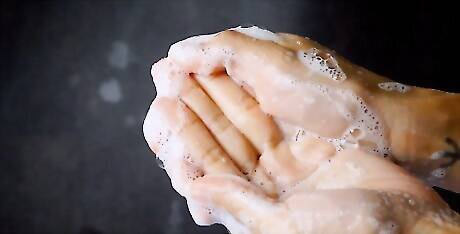
Wash the area with soap and water. Sometimes, just a bit of soap and water is enough to remove super glue, especially if it hasn’t fully dried. Use hand soap or dish soap and warm water to dissolve the glue and get super glue off your skin. If the glue has hardened and doesn’t come off, that’s okay—move onto the next step.
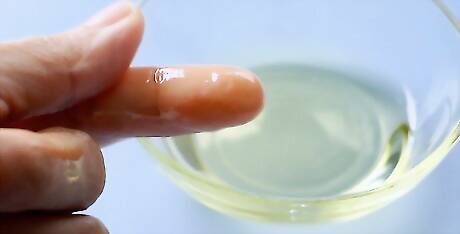
Rub an oil onto the area to break down the glue. Oily products like hand lotion, mineral oil, petroleum jelly, and vegetable oil can help break down the glue and loosen the bond to your skin. Rub a small amount of an oily product onto your hands or fingers, then gently tug the glue to see if it has loosened. If the glue is still stuck, don’t try to force it. Tearing the glue could rip your skin and injure you.

Dab acetone onto your skin to remove any leftover glue. If the super glue is still on your skin, pour a little bit of nail polish remover with acetone onto a cotton ball, then dab it onto the area. Try to use as little as possible, and rinse the nail polish remover off your skin right away. Nail polish remover is great for loosening glue, but it’s very drying for your skin. Wash your skin well after using it, and apply some lotion if your skin feels dry.
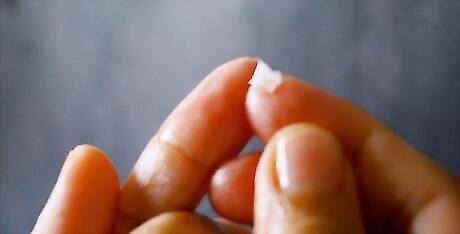
Peel the glue off after 1 to 2 days as a last resort. If all else fails, you can always wait for the super glue to peel off on its own. As your skin regenerates, the glue will slowly loosen and fall off. After a couple of days, you can peel the glue off with your fingers or simply wait for it to chip off on its own. Leaving super glue on your skin for a couple of days won’t hurt you, so it’s harmless to leave it be if you need to.

Seek medical attention if super glue is in your eyes, nose, or mouth. At that point, you need a doctor’s help to assess your situation. If the super glue is on your face or you’ve swallowed it, call your doctor right away. If you’ve swallowed super glue, contact poison control in the United States at (800) 222-1222.
Removing Super Glue from Clothes and Fabric
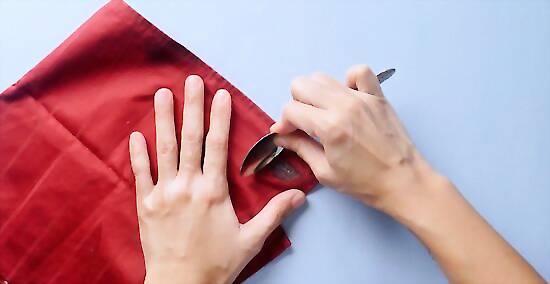
Scrape hardened glue off with a spoon. If the glue is dry, grab a spoon and carefully scrape the fabric to loosen off any hard chunks. Throw any big pieces of glue into the trash.

Dab the cloth with acetone. Acetone breaks down super glue and helps dissolve it from surfaces. Dab a cotton swab with nail polish remover that contains acetone, then pat it onto the fabric. Nail polish remover has the potential to discolor and warp certain fabrics. If you’re worried about your garment, test the acetone on a discreet corner of the fabric. If you notice any color changes, don’t use this method. Instead, skip straight to laundry detergent.

Rub laundry detergent directly onto the glue. Wet the fabric and then dab a small drop of laundry detergent onto the area. Use a clean cloth to scrub the detergent into the fabric, then rinse the area well. If your garment is dry clean only, skip this step, and take it to a dry cleaner’s instead. Let your garment air dry instead of drying it in the dryer. If there is any leftover glue, the dryer could set the stain deeper into the fibers of the fabric.
Removing Super Glue from Wood
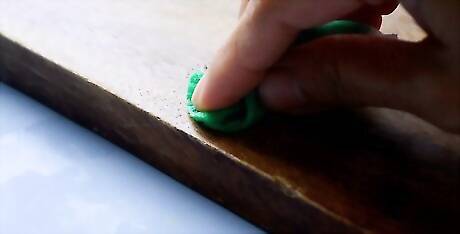
Dab the glue with acetone. Pour a small amount of nail polish remover with acetone onto a cotton ball, then gently pat the super glue. The acetone will break down the glue, leading to an easier cleaning process. Nail polish remover is harsh and drying, and it has the potential to remove some wood stains. If you’re worried, test the nail polish remover on an inconspicuous area of the wood first. If the acetone damages the wood, skip straight to petroleum jelly.

Soak the area in petroleum jelly overnight. The oily nature of petroleum jelly helps break down and remove super glue. Spread a thick layer of petroleum jelly over the super glue, then leave it to sit for about 8 hours. After 8 hours, use a paper towel to wipe off the petroleum jelly.
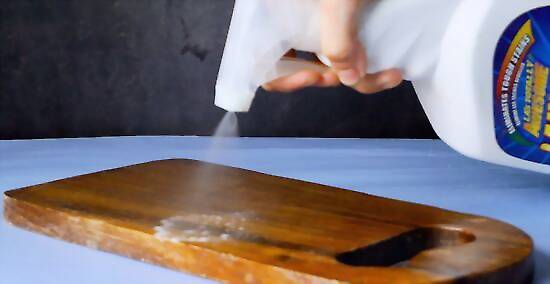
Use a commercial cleaner as a last resort. If nothing else works, try a commercial glue remover, like Goo Gone. Spritz a small amount of the cleaner onto the super glue, wait for about 10 minutes, then wipe it up with a paper towel. Commercial cleaners are usually harsh, and they could damage or discolor wood. Test the cleaner on a hidden area first, and always read the directions on the back of the bottle.
Removing Super Glue from Plastic
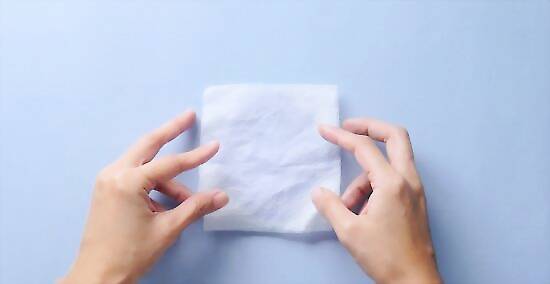
Soak the area with a damp paper towel for 1 hour. Get a paper towel wet, then add a few drops of dish soap. Place it on the super glue, then let it soak in for about an hour to loosen the glue.

Dab vinegar onto the spot. Take the paper towel off the area and check to see how much glue is left. If there’s still a significant amount, grab another paper towel and wet it with vinegar, then scrub the area. Vinegar is a natural cleaning agent that isn’t very harsh, so it won’t warp or discolor the plastic.
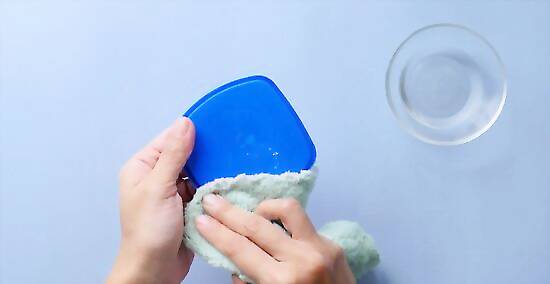
Rub the area with a clean, dry cloth. To get off any residual glue, scrub the spot with a dry towel. Use the towel to scrape off any chunks of glue leftover.
Removing Super Glue from Glass or Metal
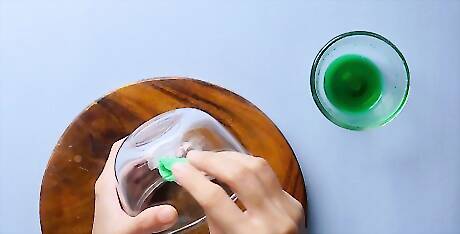
Blot the area with acetone. Pour some nail polish remover with acetone in it onto a cotton swab, then dab it on the area. Acetone helps loosen super glue and dissolve it for an easier cleanup. Acetone can discolor delicate objects. Test the acetone on an inconspicuous area if you’re worried about discoloration.

Lubricate the glue with WD-40. If the super glue is still there, grab a can of WD-40 and spray the area. The degreasing power of WD-40 may just be enough to wipe the super glue clean off.
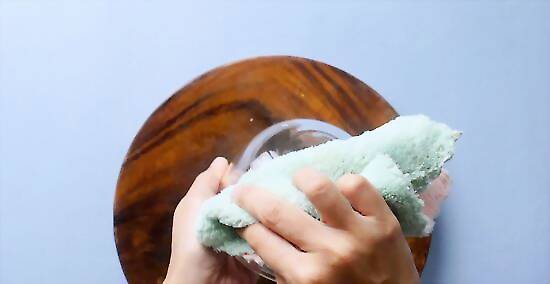
Wipe up the spot with a clean towel. The clean towel will remove any extra super glue leftover, as well as wiping up any cleaning agents left behind.














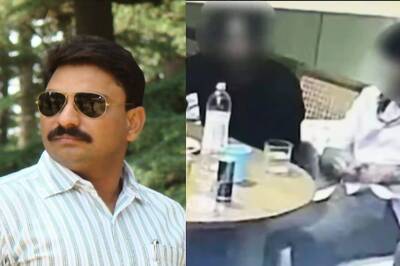


Comments
0 comment